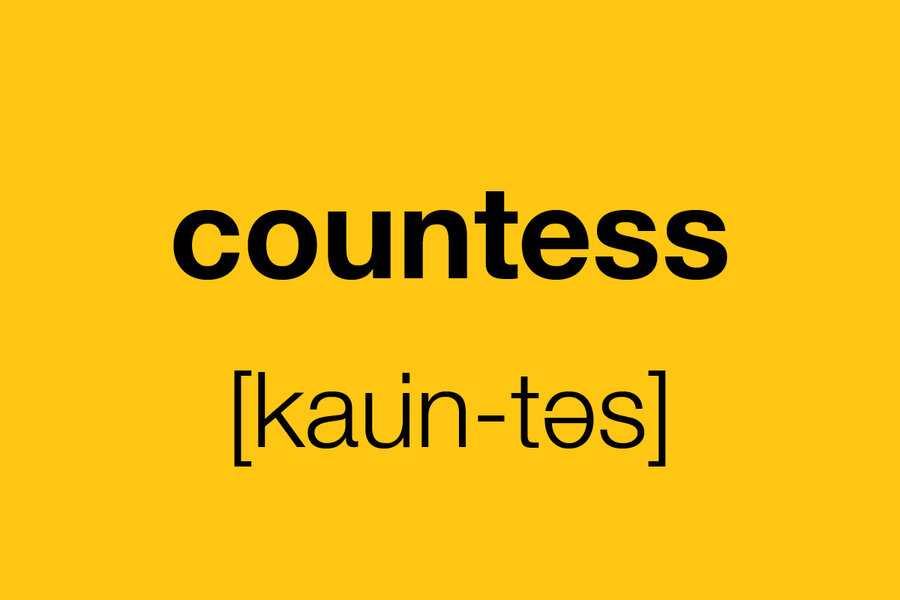Why England has 200 countesses – and zero counts
Loading...
King Charles III’s coronation brought renewed attention to the British monarchy and the peerage system in which it is enmeshed. Let’s continue the examination of aristocratic titles we began last week.
There are nearly 200 countesses in the United Kingdom, but no counts. There are many – countless? – counts in the rest of Europe, but in Britain the husband of a countess is an earl. Scholars disagree about why. Linguist Geoffrey Hughes says the originally Anglo-Norman word count was fine in French but was too similar to a vulgar one for the medieval English nobility. It seems more likely, though, that the English didn’t reject count so much as hold on to earl – the highest noble title before the Norman invasion of 1066.
These early earls were the most powerful of the king’s vassals and could rule large areas of land. As the Normans reshaped the aristocracy, earl went from being the top of the hierarchy to the middle. Old English didn’t have gendered titles – the only woman who could have any title was the cwen, or “queen,” and this word can also mean “woman” and “wife.” So when Normans introduced the concept of aristocratic power couples, the wife of an earl became a countess.
The next rank down, oddly, is viscount (VIGH-count). The prefix is the Latin vice-, meaning “in place of.” Just as the vice president steps in if the president is incapacitated, a viscount was originally a sort of deputy count. The first English viscount appeared in 1440, but according to Debrett’s Perage, a guide to the history and current holders of British titles, the rank wasn’t “popular” until the 1600s.
The late Latin word baro, like homo, simply meant “man.” Baron thus described a “king’s man” – a military leader in royal service – and arrived in French and English as the lowest rung on the ladder of aristocracy. Baron is the only peerage title to be used more widely: Since the 1800s, baron has been applied to successful business people, usually with connotations of ruthlessness, as in “newspaper baron” or “robber baron.”
Baronets (the -et suffix is diminutive, as in kitchenette) occupy a middle ground. They are “noble,” according to tradition, but not members of the peerage and thus not eligible to sit in the House of Lords. King James I created the title in 1611 to bolster the Crown’s finances: He bestowed it on anyone who “donated” a lot of money to his wars in Ireland.
Below barons and baronets were bachelors, or “common people,” so called partly because medieval writers loved the alliteration of those three B’s. Today this is a slightly old-fashioned-sounding term for a man without a wife; in the Middle Ages it was a man without a title, too.





